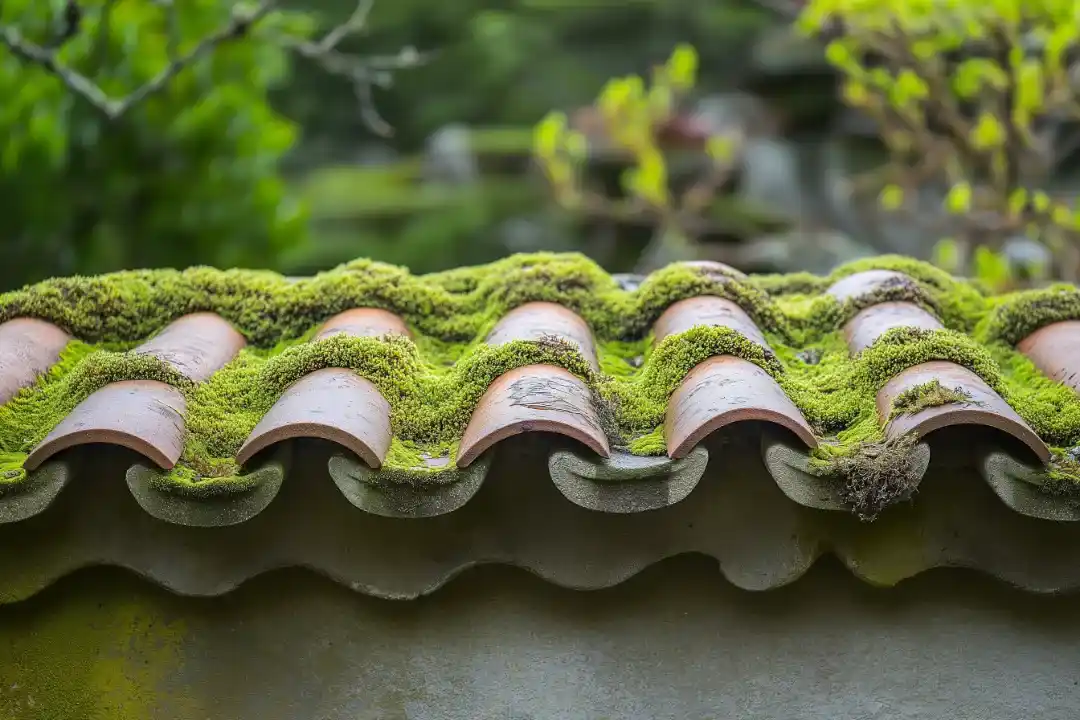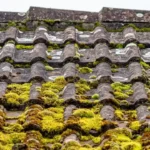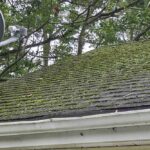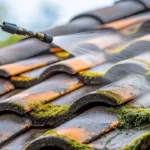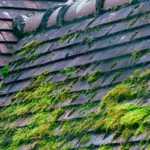As a homeowner, you might not immediately think about the impact of roof moss on your home’s value. However, understanding the consequences and addressing them is crucial. In this article, we’ll explore how roof moss can affect your property and what you can do to prevent any negative outcomes.

What is Roof Moss?
Moss is a small, flowerless plant that thrives in damp and shady environments. It often finds a home on rooftops, especially in regions with high humidity and frequent rainfall. While it might look harmless, roof moss can lead to significant issues.
Why Does Roof Moss Grow?
Understanding why moss grows on roofs can help in prevention. Moss thrives in environments where moisture is prevalent, and there is little sunlight. Areas with overhanging trees and minimal roof maintenance are particularly susceptible. To learn more about why moss appears on roofs, visit this informative article.
How Roof Moss Affects Home Value
Roof moss can significantly impact your home’s value. Here’s how:
1. Aesthetic Appeal
A roof covered in moss can look neglected and unappealing. This might deter potential buyers, affecting the perceived value of your home. Most buyers prefer homes that appear well-maintained.
2. Structural Damage
Moss can trap moisture against your roof, which can lead to rot and other forms of deterioration. This structural damage can be costly to repair and might scare off buyers concerned about long-term costs.
3. Increased Maintenance Costs
Buyers might be wary of purchasing a home with an ongoing maintenance issue. The presence of moss suggests that the home requires more upkeep, which can decrease its attractiveness.
Preventing Roof Moss
Prevention is key when it comes to avoiding the negative impacts of roof moss. Here are some steps you can take:
Regular Cleaning
Regular maintenance and cleaning of your roof can prevent moss from taking hold. Removing debris and keeping gutters clean can also help. For detailed guidance, check out this helpful resource.
Trim Overhanging Branches
Branches that hang over your roof can provide the shade and moisture moss needs to thrive. Keeping these trimmed back allows more sunlight to reach your roof and reduces moisture.
Install Copper or Zinc Strips
Installing copper or zinc strips at the top of your roof can inhibit moss growth. When it rains, the water running over these metals creates an environment that is less hospitable to moss.
Removing Existing Roof Moss
If you already have moss on your roof, its important to remove it carefully to prevent damage. Here are some tips:
Use a Soft Brush
A soft brush can be used to gently remove moss. Avoid using pressure washers as they can damage shingles.
Apply Moss Removal Products
There are various products available that can help kill moss. Be sure to follow the manufacturer’s instructions and consider hiring a professional for large infestations.
Safety First
Always prioritize safety when dealing with roof maintenance. For a comprehensive safety checklist, visit this safety guide.
The Long-term Benefits of Moss Management
By managing roof moss, homeowners can enjoy several long-term benefits, including:
Increased Home Value
A well-maintained roof is more attractive to potential buyers and can lead to a higher selling price.
Extended Roof Life
Preventing moss can help extend the life of your roof, saving money on replacements and repairs.
Improved Energy Efficiency
Without moss, your roof can better insulate your home, potentially reducing energy costs.
Conclusion
Understanding the roof moss and home value impact is crucial for any homeowner. By taking proactive measures to prevent and remove moss, you can protect your investment and ensure your home remains in excellent condition.

FAQs
What causes roof moss?
Moss grows in damp, shaded areas. Overhanging trees and poor maintenance can contribute to its growth.
How often should I clean my roof?
Regular inspections and cleanings should be done at least once a year, or more frequently if you live in a moist climate.
Is professional roof cleaning worth it?
Yes, hiring professionals can ensure the job is done safely and effectively, protecting your roof from damage.
This article contains affiliate links. We may earn a commission at no extra cost to you.



